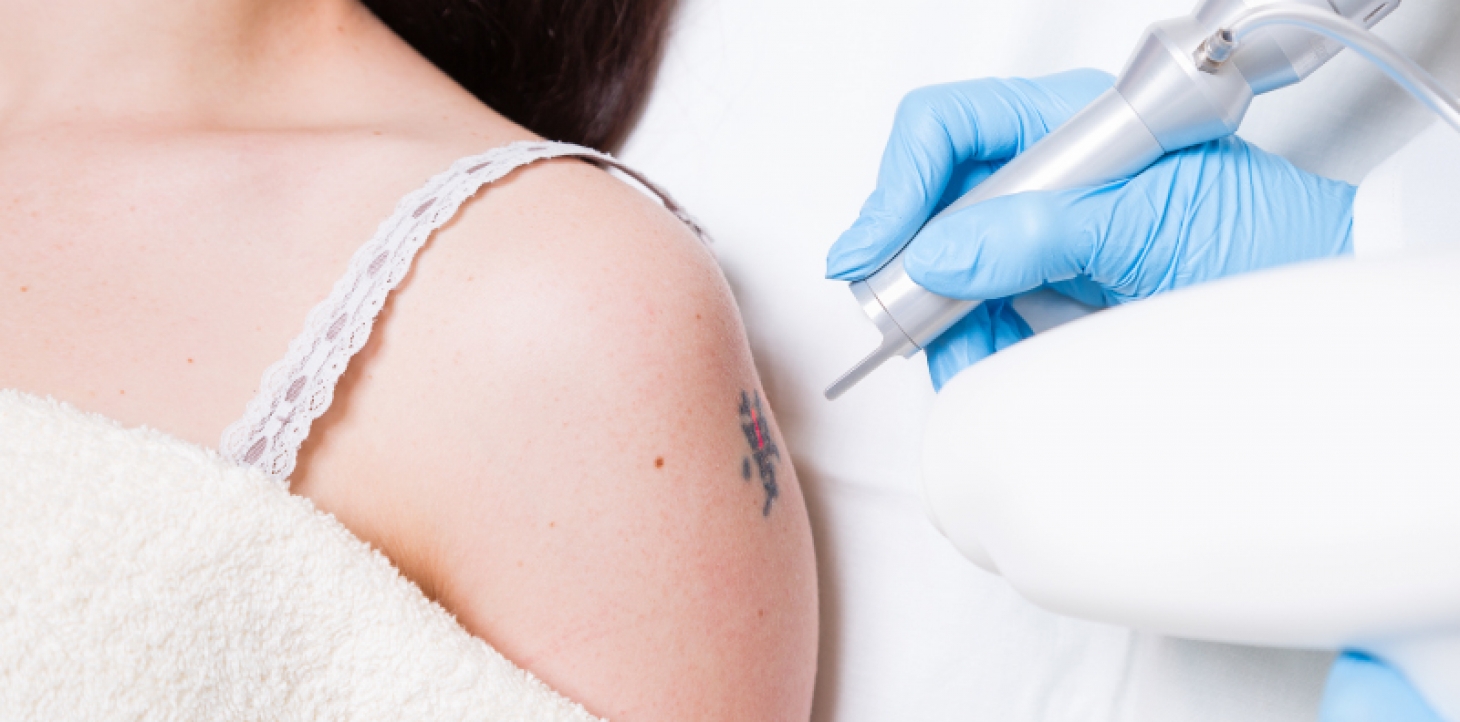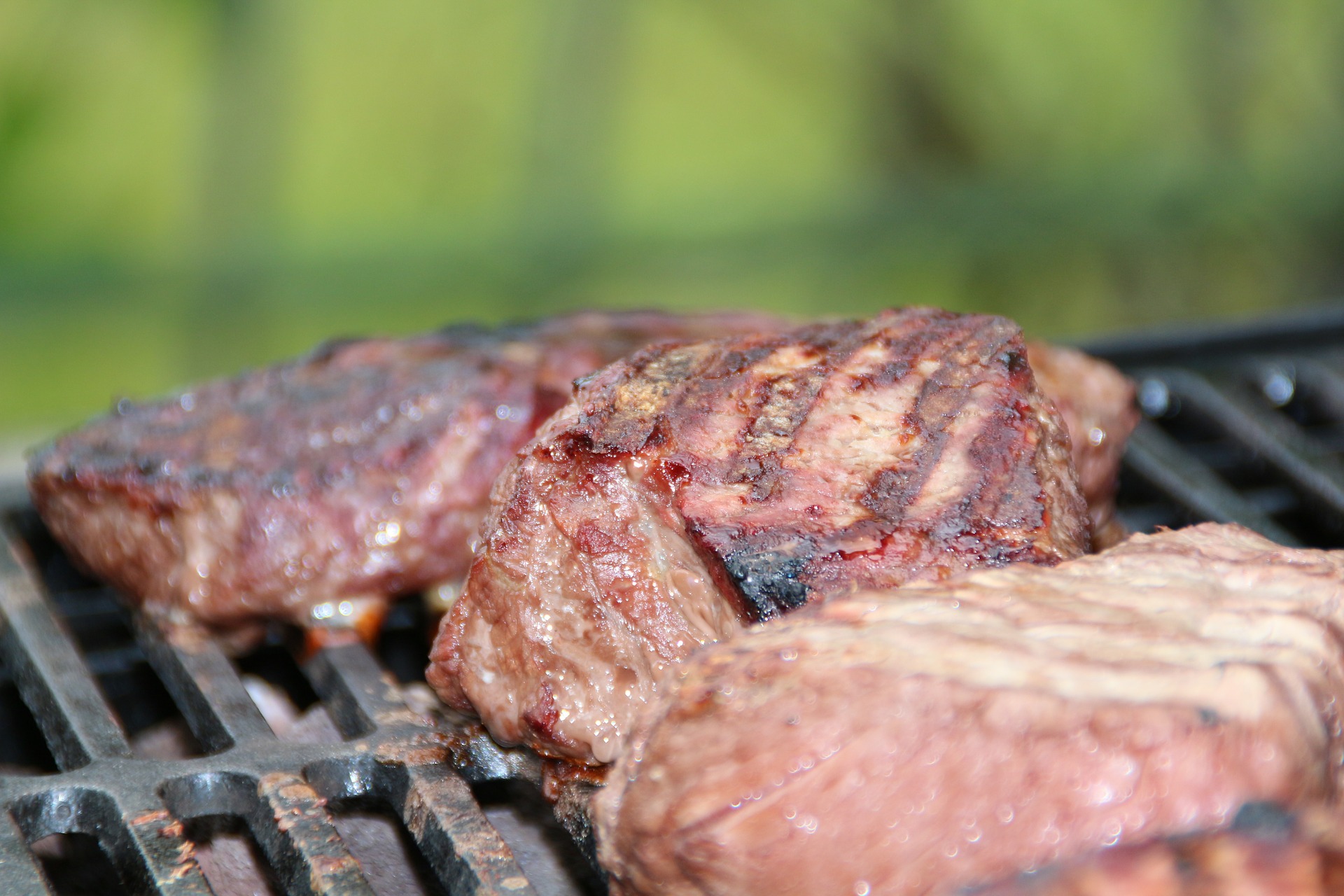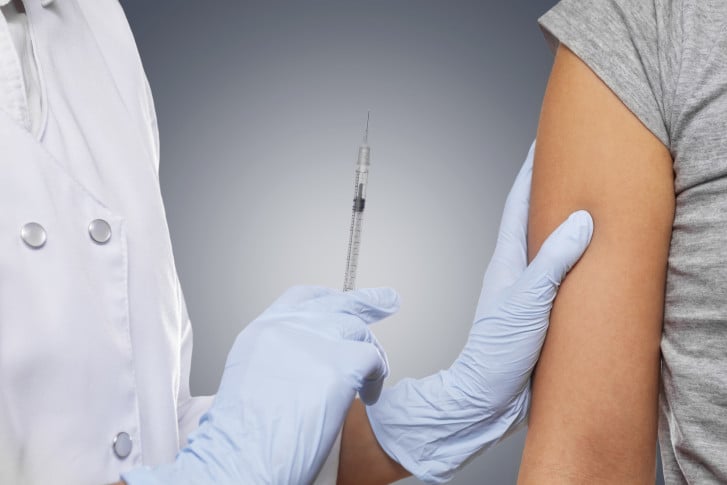Contents:
- Medical Video: Best Laser Technology - Laser Tattoo Removal
- Pros and cons of techniques for removing permanent tattoos
- 1. Laser technique
- 2. Dermabrasion
- 3. Excision (removal of skin tissue)
- Tips for treating skin after removing tattoos
Medical Video: Best Laser Technology - Laser Tattoo Removal
Tattoos are difficult to remove. However, this does not necessarily extinguish the intentions of people who want to remove colorful ink on their bodies for some reason - whether because the design is less attractive, regretful, or because of the demands of the job. There are three ways that are considered the safest for removing permanent tattoos, namely by laser, dermabrasion, and excision aka removal of the skin. Which is the most effective?
Pros and cons of techniques for removing permanent tattoos
Before you stabilize your heart to remove permanent tattoos once for good, you should first read the explanation below to find out which is the most effective method.
1. Laser technique
The laser works to break the color of the tattoo pigment with high intensity rays. First, the skin of your tattoo area will first be numbed with local anesthesia, then the laser device will be moved to the entire surface of the tattoo to heat and destroy the ink. According to WebMD, there are several types of lasers commonly used such as the Q-switched ruby laser and the YAG laser.
Benefits of laser techniques
- Safest among other techniques
- Lasers work selectively to remove tattoos that have dark blue, black and red ink.
Lack of laser techniques
Even though it has few side effects, removing a tattoo using a laser technique can cause the following:
- Some color ink cannot be removed, such as green and blue ink, so it takes several maintenance sessions to eliminate it.
- The cost is more expensive - it takes 2-4 treatments or even 10 times, depending on the color and size of the tattoo.
- The more often repeated, the higher the risk of infection and can leave a permanent scar.
- The area of the former tattoo can be darker or even brighter than the surrounding area.
2. Dermabrasion
The dermabrasion method uses a device that has an abrasive wheel or brush that can rotate at high speed. Tattooed skin is sanded to the skin layer using the brush.
This process aims to fade the color of the tattoo. In order not to feel pain, before the tattooed skin area was made numb.
Benefits of dermabrasion
- In addition to removing tattoos, this treatment can also improve the appearance of the skin to eliminate fine lines, sun damage, acne scars, and uneven skin texture.
Lack of dermabrasion
- The risks associated with dermabrasion are the same as those associated with other surgical procedures, such as infection, bleeding, and allergic reactions to drugs
- The main purpose of dermabrasion is not to remove tattoos, but for skin care. So, this technique is not very effective.
- Rashes, swelling and redness may appear.
- After this treatment, you should not be exposed to direct sunlight. Consequently, the area of the skin that was tattooed could be brighter than the surrounding area
- Can not be used on a tattoo that has been long because the tattoo ink may have permeated deeper in the skin.
- Cannot be used for facial tattoos.
3. Excision (removal of skin tissue)
Excision is the surgical removal of skin tissue which is then replaced with other skin tissue. A scalpel is used to cut and lift the area of the tattooed skin, after which the incision is put together and sewn together to re-glue it. Previously, the area of the skin was numbed under local anesthesia.
Benefits of excision
- Can be done if the process of removing tattoos using the laser technique fails.
- Effective for removing permanent tattoos
Lack of excision
- Can cause scars on the skin. So, the excision surgery is usually only to remove small permanent tattoos.
- The larger the size of the tattoo, it takes repetition of excision. Need a bigger fee.
- Repeated excision can cause acute hypertrophy.
If you want to remove a permanent tattoo, it's good to talk about this first with a dermatologist. Ask about what method is right for your tattoo type and its risks and side effects.
Tips for treating skin after removing tattoos
After successfully removing the permanent tattoo with the chosen method, it is important to keep the area of the skin clean and dry to avoid infection. Ask your doctor about good ways to wash tattooed skin. Then, using petrolatum jelly ointment can help the healing process of the skin and cover the skin with a sterile dressing for about one week each session.












